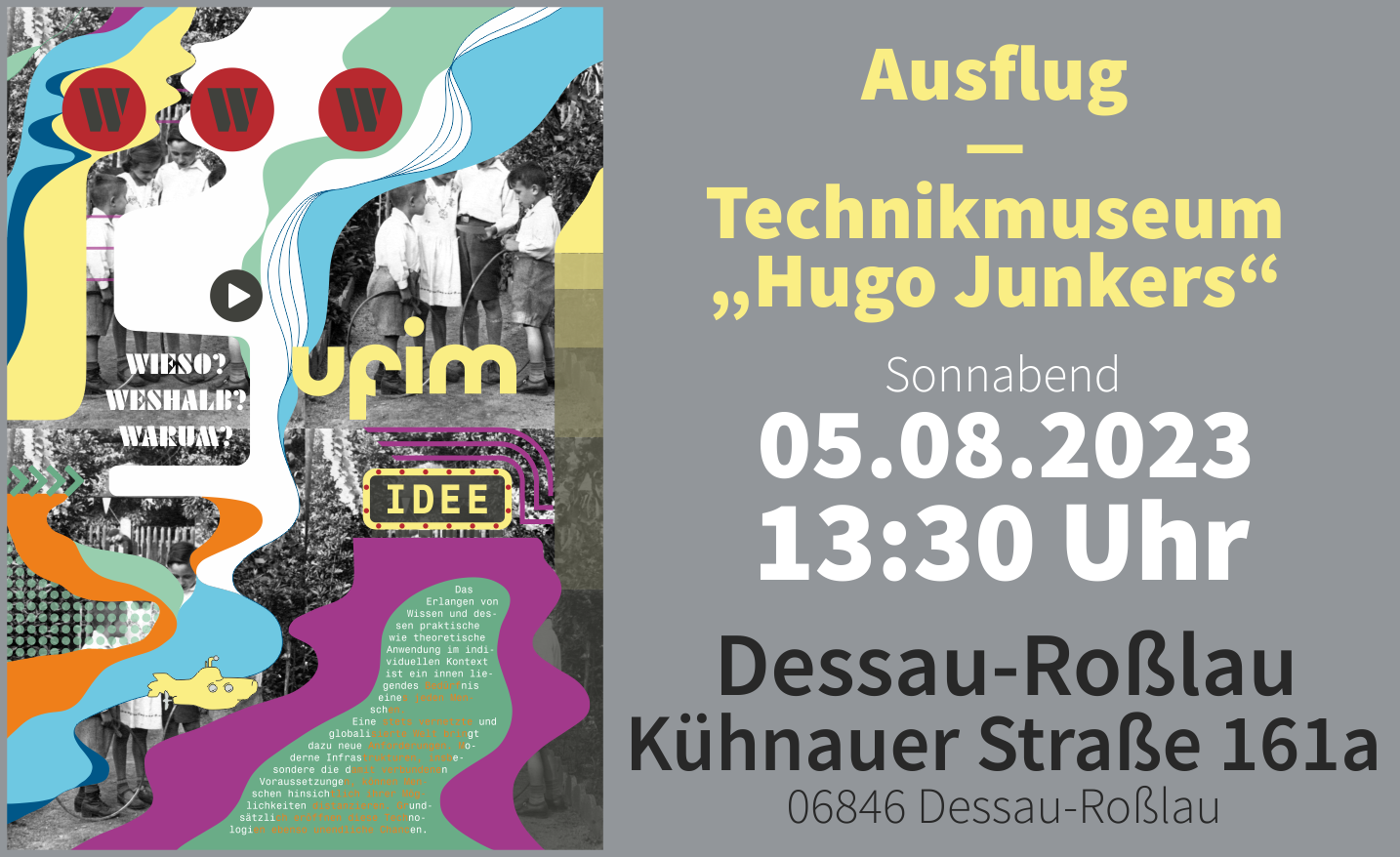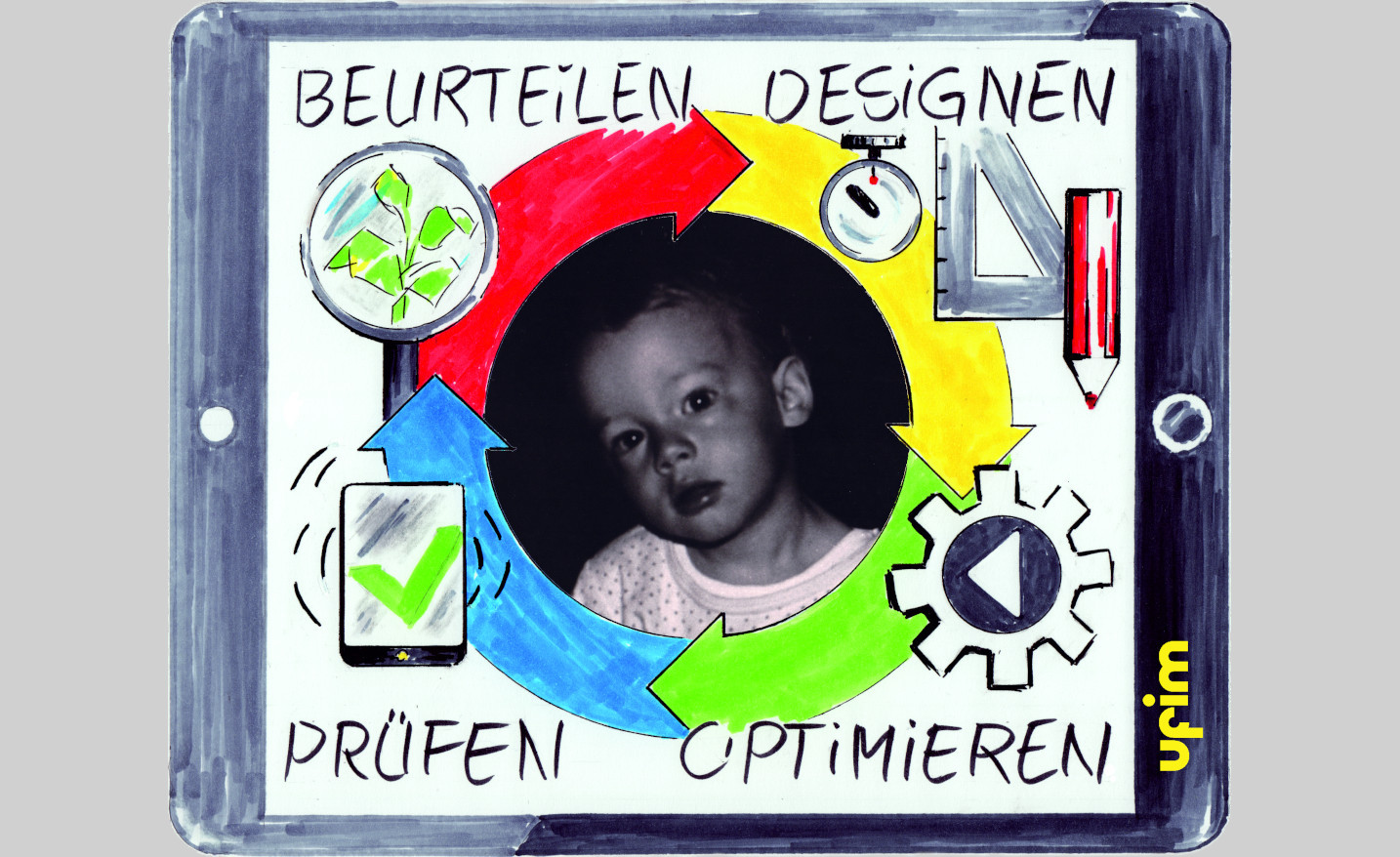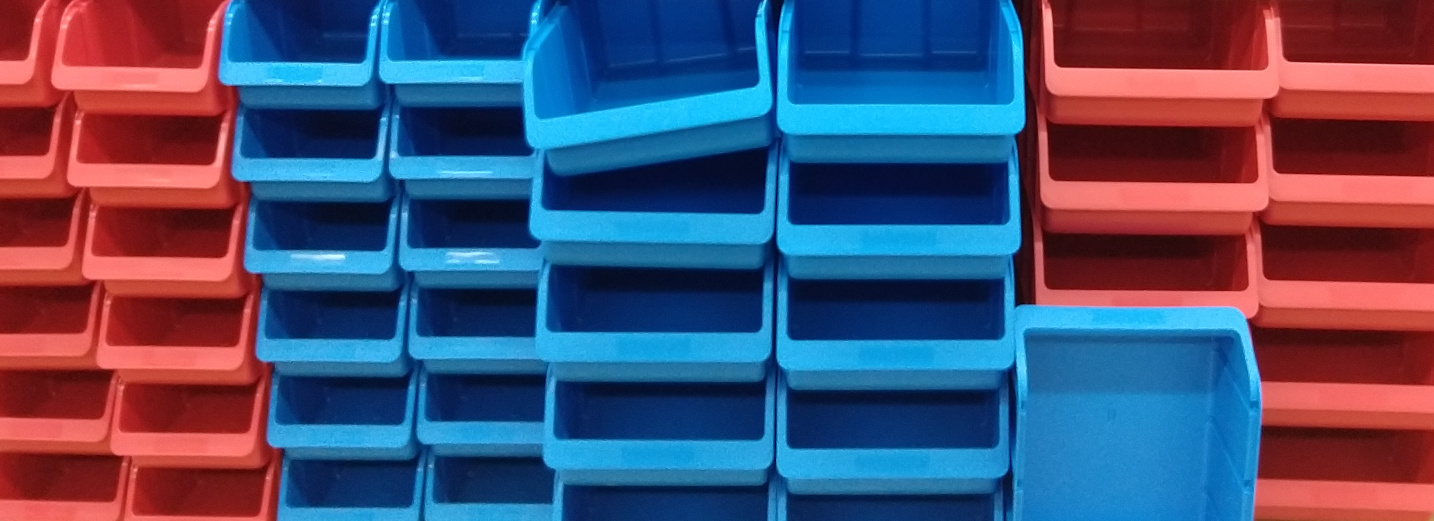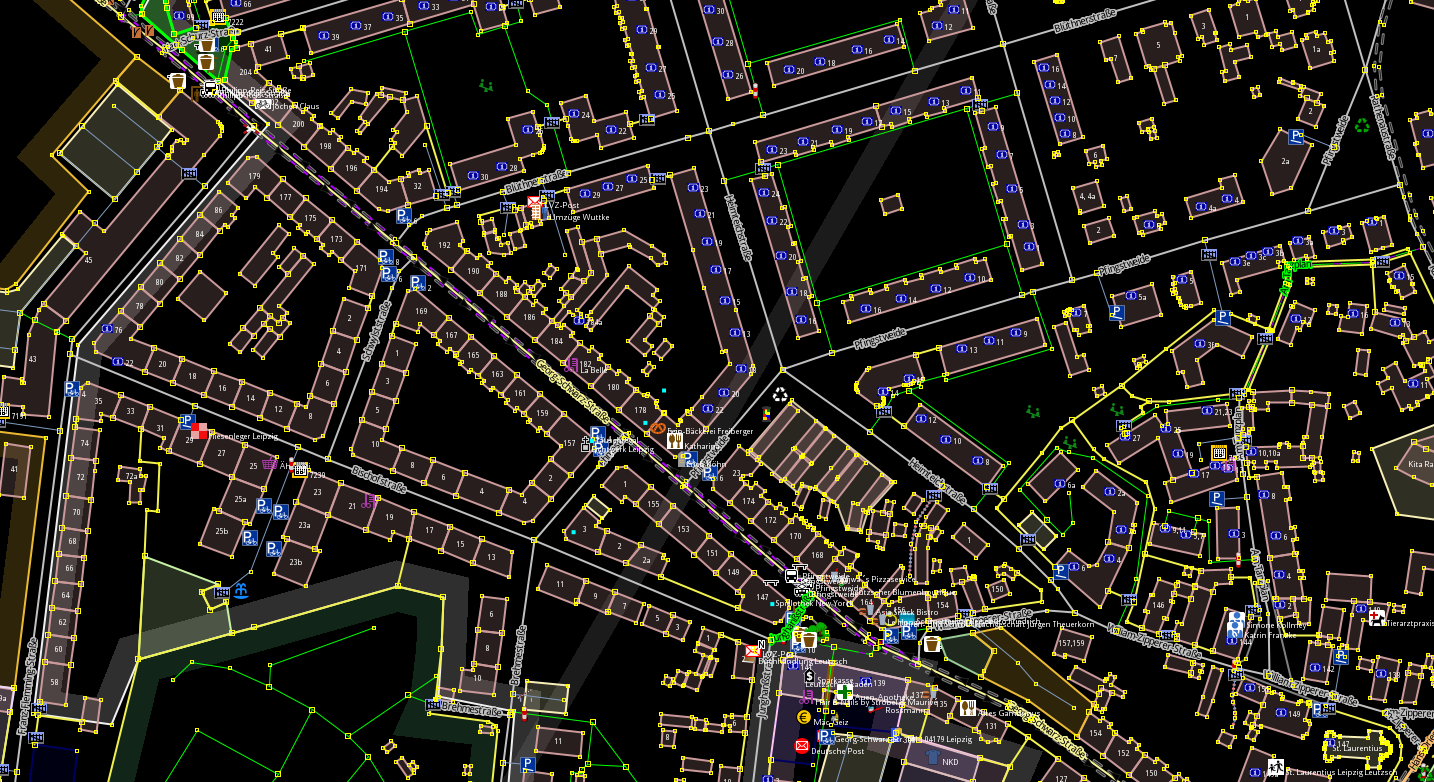Austausch bei Heißgetränken und Gebäck (4)
Öffentliche Veranstaltung, Donnerstag 06.06.2024, 19:00 Uhr

Austausch bei Heißgetränken und Gebäck (4) ›››



Austausch bei Heißgetränken und Gebäck (4) ›››


Conversation over hot beverages and pastries (4) ›››



Austausch bei Heißgetränken und Gebäck (3) ›››


Conversation over hot beverages and pastries (3) ›››



Austausch bei Heißgetränken und Gebäck (2) ›››


Conversation over hot beverages and pastries (2) ›››



Austausch bei Heißgetränken und Gebäck ›››


Conversation over hot beverages and pastries ›››



Was heißt maschinenlesbar? ›››


What does machine-readable mean? ›››













Erlebnis IT/TK in einer Arztpraxis ›››


IT experiences in medical practices ›››















Does it have to be that way? ›››








Bilder des Lebens - digitale Erinnerungen sichern? ›››


Pictures of life - preserving digital memories? ›››



Bilder des Lebens - digitale Erinnerungen sichern? ›››


Pictures of life - preserving digital memories? ›››













How does one actually build a remotely operated under water vehicle, ROV for short? Which components must be developed from scratch, what is available off the shelf? Where can one find required, dormant knowledge? How does a vehicle of this kind orient itself? How does one teach the vehicle a hint of autonomy, i.e. "thinking" or "intelligence", respectively? Which fascinating parallels can one draw to contemporary space exploration? And how does heavy machinery look like after having been submerged under water for decades? We embark upon an expedition into both the known and unknown, through modern information technology, software, electronics and robotics as well as unexpected corners of the "deep sea" of central Germany.
In many ways, space exploration is a synonym for the exploration of the unknown, the open space which is surrounding us. Already back in the 1960s, the peak of the first noteworthy program for Lunar exploration, people remembered that the space around us begins literally next to us. Even here on planet Earth, right on our doorsteps to be precise, there are corners and places equally unexplored and similarly hard to access for humans than outer space: The depths of the lakes, rivers, seas and oceans. One of the actually interesting bits is that the technologies useful (and required) for the exploration for those places here on Earth are at least similar - and in many cases simply identical - to those used for space exploration.
Until the present day, the term "rocket science" has been deeply connected with things which are anywhere from hard to understand to unintelligible. Those things appear to be intangible and only accessible to a small group of evidently weird people. But is this actually the case? If one conscious looks behind the curtain, the overall picture changes drastically. Most if not all of the relevant knowledge has been well documented by now. It can be found in various appropriate places, all accessible to the general public. If one knows where and how, one can absolutely utilize this knowledge.
However, not only the knowledge has become freely available. Practically applicable technologies, components, for instance open source software or open source hardware designs, are also freely available on the internet if one knows where to find them. Those components are identical to what is for example currently enabling motor vehicles and even helicopers on planet Mars. And those components are identical to what is relied upon for work under water - from the extraction of natural resources to laying intercontinental deep sea cables.
We invite you to join us onto a journey: Beginning with the exploration of the available knowledge and the world of open source components, i.e. thorough background research, through the development and construction of a remotely controlled under water vehicle, to a veritable expedition into the unknown worlds of the mostly artificial lakes of central Germany. We are unlikely going to find dragons, but a wealth of left back heavy machinery which is by all means keeping up with the wreak of the Titanic. We invite you to have a part in this development, to participate or to simply ask question and express wishes!


Unser digitales Gedächtnis ›››





Was ist aus der Neugier geworden? ›››


What happened to curiosity? ›››



Wie kommt der Benutzer zur Software? ›››


How does a user obtain software? ›››





